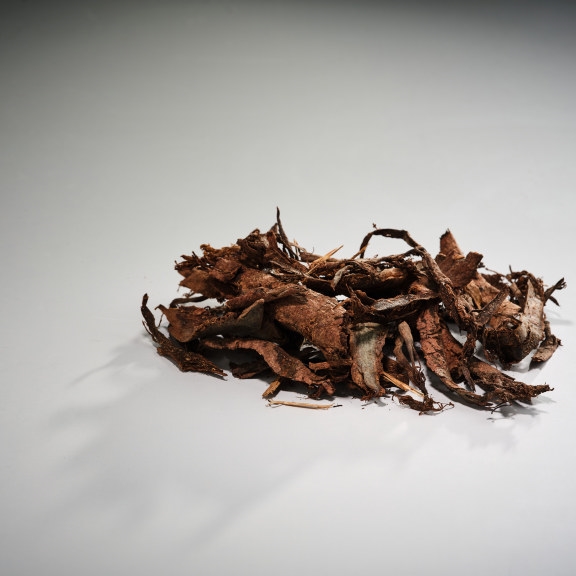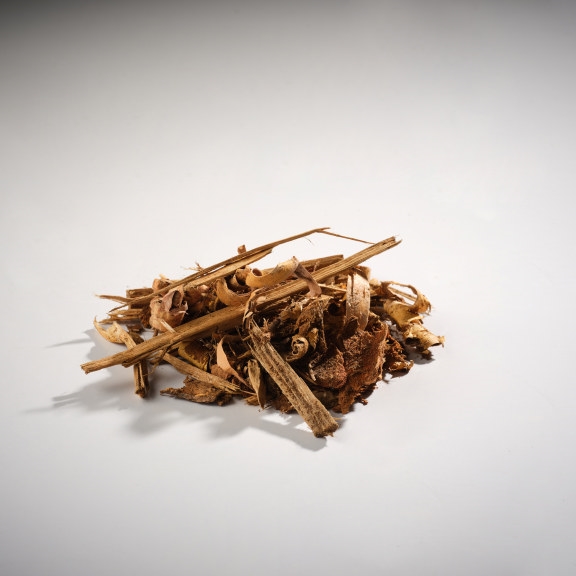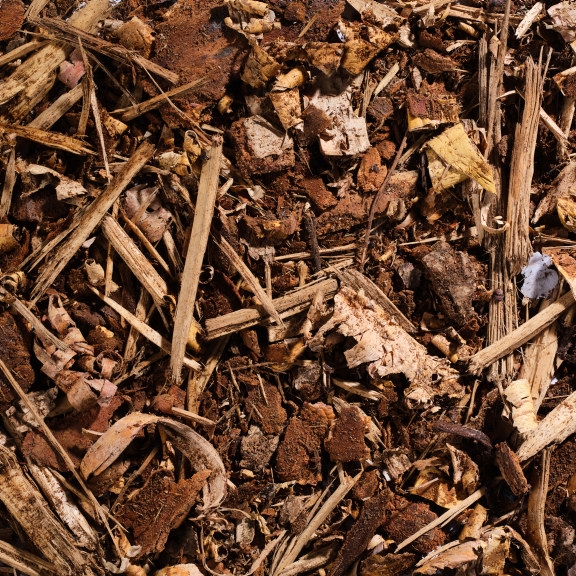Frequently asked questions
| At what stage in the process is the bark extracted? | |
The bark, from both coniferous and deciduous trees, is generated when the logs are debarked—that is, when the bark is removed from the timber. This takes place at both our sawmills and pulp mills. | |
| How much of a log’s volume is made up of bark? | |
Bark accounts for approximately 10% of a log’s volume. | |
| What is the moisture content of bark produced from fresh timber? | |
The bark maintains a consistent moisture content, typically around 55–60%. | |
| Do you harvest additional trees solely to extract bark? | |
No, we do not harvest trees solely for bark extraction. At Södra, we actively work to utilise the entire tree. The raw material for our bark—both coniferous and deciduous—comes from logs that continue through the process and become for example sawn timber, pulp, biofuels or cross-laminated timber. |
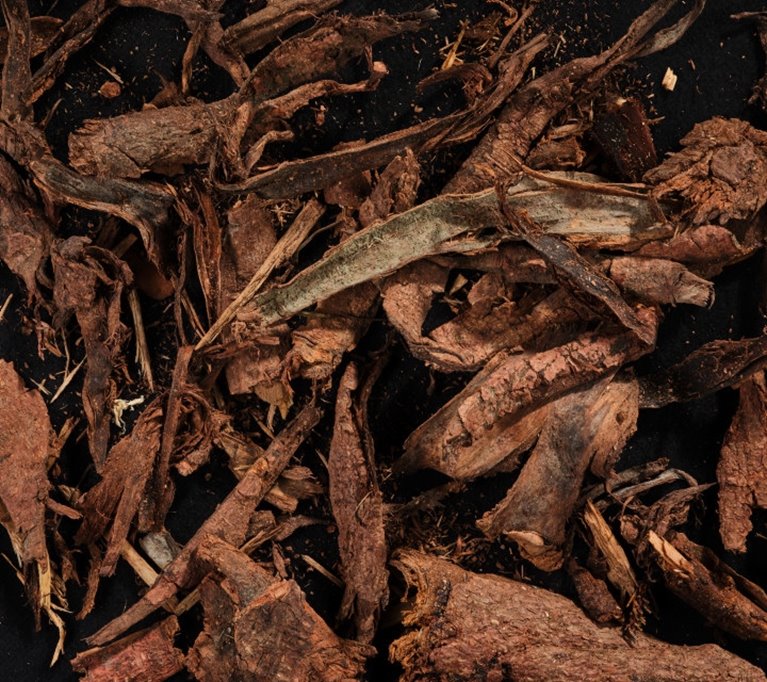
Bark as a Biofuel
Why choose bark from Södra?
Bark—both coniferous and deciduous—is an efficient biofuel, making up around 10% of a log’s volume. Södra offers bark with a consistent moisture content of 55–60%, making it ideal for increasing moisture levels in dry fuels. It is also well-suited for facilities with flue gas condensation systems.
With an energy content of 0.74 MWh/m³s and an ash content of 2.7%, bark is a sustainable choice for heating and combined heat and power plants. By using Södra’s bark, you contribute to efficient and environmentally friendly energy production.
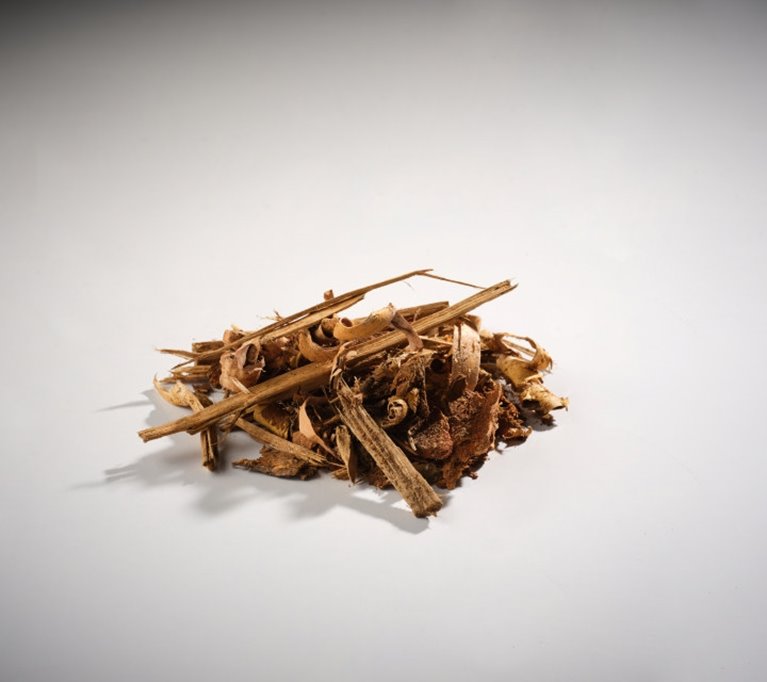
Good to Know
Facts about our bark
- We offer both deciduous and coniferous bark.
- Our bark has an energy content of 0.74 MWh/m³s and an ash content of 2.7%.
- The bark is extracted from our sawmill and pulp mill processes.
- With a moisture content of 55–60%, our bark is ideal for increasing the moisture level in dry fuels.
Contact us
Didn't find what you were looking for?
Use the search bar in the top menu or go to our contact page to find the right contact person.
